Home>Articles>What Is A General Safety Guideline For Ladder Use?
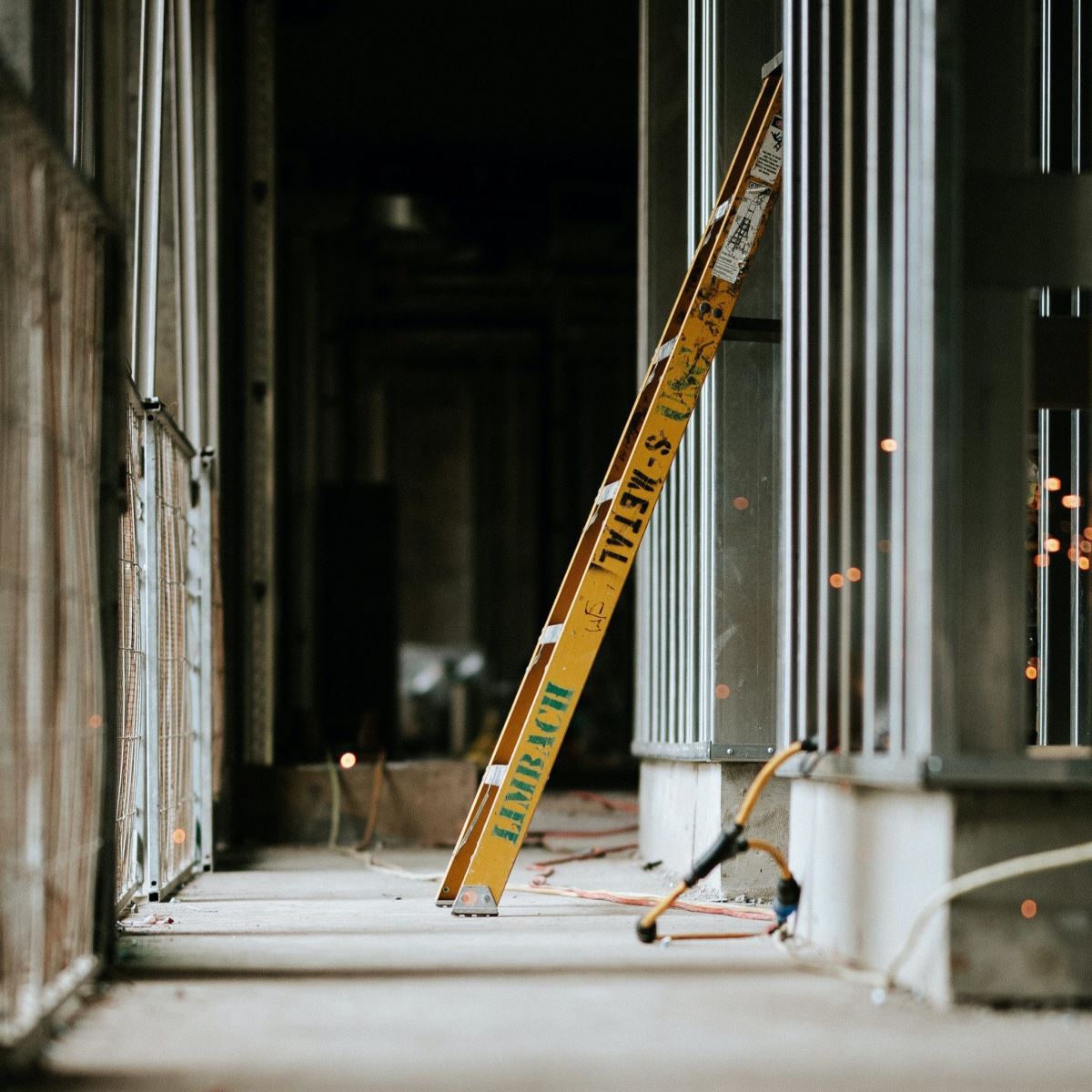

Articles
What Is A General Safety Guideline For Ladder Use?
Modified: August 21, 2024
Discover important general safety guidelines for ladder use in this informative article. Learn how to enhance safety and prevent accidents.
(Many of the links in this article redirect to a specific reviewed product. Your purchase of these products through affiliate links helps to generate commission for Storables.com, at no extra cost. Learn more)
Introduction
When it comes to performing tasks at heights, ladders are an indispensable tool in various industries and households. From construction sites to painting projects, a sturdy ladder provides access to elevated areas, allowing us to work efficiently and effectively. However, using a ladder without following proper safety guidelines can lead to serious accidents and injuries.
Understanding and implementing ladder safety is crucial to ensure the well-being of individuals who work at heights. In this article, we will explore the general safety guidelines for ladder use, which apply to different types of ladders and various work environments.
Before we delve into the specific guidelines, it is important to recognize the significance of ladder safety. Each year, countless accidents are attributed to ladder misuse, resulting in severe injuries and even fatalities. Many of these incidents could have been prevented if proper safety measures were followed.
The most common ladder accidents occur due to unstable ladder setup, incorrect ladder selection, lack of inspection, and careless climbing or working practices. It is essential to be aware of these potential hazards and take the necessary precautions to mitigate risks.
By adhering to the general safety guidelines for ladder use, we can significantly reduce the likelihood of accidents and create a safer work environment. These guidelines encompass ladder selection, inspection, setup, climbing and working techniques, as well as considerations for moving and storing ladders.
Now that we understand the importance of ladder safety, let’s explore the different types of ladders and the specific safety guidelines associated with each type.
Key Takeaways:
- Prioritize ladder safety by selecting the right ladder, inspecting it, setting it up correctly, and following safe climbing and working practices. This mindset and commitment create a safer work environment for everyone.
- Understanding and implementing ladder safety guidelines significantly reduce the risk of accidents and injuries. Promote a culture of safety and ensure proper training and supervision for a safer work environment.
Understanding Ladder Safety
Ladder safety is of utmost importance when working at heights to prevent accidents and injuries. Understanding the potential risks and following proper safety protocols can help safeguard individuals from harm.
One of the key aspects of ladder safety is recognizing the importance of its use. Ladders serve as valuable tools to reach elevated areas, but they can also pose significant danger if not utilized correctly. Whether it’s a simple household task or a complex construction project, using a ladder without proper precautions can lead to severe consequences.
Several common ladder accidents and injuries highlight the significance of adhering to safety guidelines. Falls from ladders are the most prevalent accidents, often resulting in broken bones, head injuries, and even fatalities. These falls can occur due to various reasons such as unstable ladder placement, overreaching, or incorrect climbing techniques.
Another frequent type of ladder incident is caused by ladder collapse. Rungs or steps can fail due to overloading, structural weaknesses, or improper maintenance. This can lead to individuals falling along with the ladder, causing serious injuries.
Other accidents include slips, trips, and missteps while climbing up or down the ladder. Uneven or slippery surfaces, cluttered work areas, and improper footwear can contribute to these incidents. Improper use of tools while on the ladder can also lead to accidents, such as dropping objects that may cause harm to people working below.
It is important to note that these accidents and injuries can be prevented by following proper ladder safety guidelines. By being aware of the potential risks and implementing the necessary precautions, individuals can significantly reduce the likelihood of accidents and protect themselves and others from harm.
In the following sections, we will explore the general safety guidelines for ladder use, providing insights on ladder selection, inspection, setup, climbing techniques, working practices, as well as moving and storing ladders with caution. By understanding and implementing these guidelines, individuals can ensure their safety while working at heights and promote a culture of safety in their respective work environments.
Types of Ladders
There are several different types of ladders available, each designed for specific purposes and work environments. Understanding the characteristics and proper usage of these ladders is essential for ensuring safety while working at heights. Let’s explore some of the most common types of ladders:
1. Step Ladders: Step ladders are freestanding ladders with a hinged design that allows them to be self-supporting. They typically have a fixed height and feature a spreader bar mechanism for stability. Step ladders are commonly used for tasks that require a steady and level working surface, both indoors and outdoors. They are available in various sizes, from small household ladders to larger industrial-grade models.
2. Extension Ladders: Extension ladders are designed to reach higher areas and provide greater vertical access. They consist of two sections – a base section and a fly section – which can be extended or retracted to adjust the ladder’s height. Extension ladders are commonly used in construction, maintenance, and other industries that require working at elevated heights. It is important to ensure proper extension and secure locking mechanisms when using these ladders.
3. Platform Ladders: Platform ladders, also known as podium ladders, feature a large working platform at the top, offering a more secure and spacious area for workers to perform tasks. They have a similar design to step ladders but provide a larger and more stable platform for extended periods of work. Platform ladders are commonly used in painting, electrical work, and other tasks that require stability and comfort while working at heights.
These are just a few examples of the many types of ladders available. It is important to select the appropriate ladder based on the task at hand, considering factors such as height requirements, load capacity, and the working environment. Each type of ladder has specific safety guidelines associated with its use, which we will explore further in the following sections.
Always maintain three points of contact when climbing a ladder – this means two feet and one hand, or two hands and one foot should be in contact with the ladder at all times.
General Safety Guidelines for Ladder Use
When it comes to using ladders safely, it is essential to follow general safety guidelines to minimize the risk of accidents and injuries. These guidelines cover various aspects of ladder use, from selecting the right ladder for the job to additional safety considerations. Let’s explore each of these guidelines in detail:
1. Selecting the right ladder for the job: It is crucial to choose a ladder that suits the task at hand. Consider factors such as the required height, load capacity, and the nature of the work being performed. Using the wrong ladder can compromise safety, so make sure to select the appropriate ladder for the specific job.
2. Inspecting the ladder: Before using a ladder, it’s important to inspect it for any defects or damage that could compromise its stability. Check the rungs, rails, hinges, and other components for signs of wear, cracks, or loose fittings. Ensure that all parts are in good condition and that any necessary repairs or replacements have been made before using the ladder.
3. Setting up the ladder correctly: Proper ladder setup is crucial for stability and safety. Ensure that the ladder is placed on a firm and level surface. Use leg levelers or stabilizers if necessary to prevent wobbling or tipping. Make sure the ladder’s feet are secure and that all locks and braces are engaged to prevent accidental collapse. Never lean or extend the ladder to reach objects; reposition the ladder instead.
4. Climbing and descending safely: Practice safe climbing techniques by facing the ladder and keeping three points of contact (two hands and one foot or two feet and one hand) at all times. Maintain a firm grip on the ladder’s side rails and avoid overreaching. When descending, descend one step at a time, facing the ladder, and maintaining a controlled and steady pace.
5. Working on the ladder: When working on a ladder, ensure a secure and stable position. Do not stand on the top step or the paint shelf of a stepladder. If possible, use a tool belt or bucket to carry necessary equipment to keep your hands free while climbing and working. Keep your body centered on the ladder to maintain balance and stability.
6. Moving and storing the ladder: When moving a ladder, always carry it in an upright position, stabilizing it with both hands. Do not slide or drag the ladder, as it may cause damage. When storing the ladder, keep it in a dry and secure location, away from any potential damage or unauthorized access.
7. Additional safety considerations: In addition to the above guidelines, there are other important safety considerations to keep in mind. These include using personal protective equipment (PPE) such as non-slip footwear and a hard hat, avoiding working in adverse weather conditions, and ensuring proper training and supervision for ladder users.
By following these general safety guidelines for ladder use, individuals can significantly reduce the risk of accidents and injuries. Remember, safety should always be a top priority when working at heights, and taking proper precautions can make a significant difference in ensuring a safe and productive work environment.
Conclusion
Using ladders is an integral part of many tasks and projects that require working at heights. However, it is crucial to prioritize safety and follow general safety guidelines when using ladders to minimize the risk of accidents and injuries. Through this article, we have explored various aspects of ladder safety, including ladder selection, inspection, setup, climbing techniques, working practices, as well as moving and storing ladders.
By selecting the right ladder for the job, individuals can ensure stability and maximize safety. Inspecting the ladder before each use helps identify any defects or damages that may compromise its integrity. Setting up the ladder correctly on a firm and level surface, and using appropriate leg levelers or stabilizers ensures stability during work. Climbing and descending the ladder safely, maintaining three points of contact, and avoiding overreaching are vital for preventing falls and injuries.
Working on the ladder requires maintaining balance and stability, and using tool belts or buckets to keep hands free. Moving and storing the ladder should be done carefully and securely, safeguarding it from damage and unauthorized access. Following additional safety considerations, such as using personal protective equipment and avoiding adverse weather conditions, further enhances ladder safety.
Ultimately, taking these general safety guidelines into account can significantly reduce the likelihood of accidents and injuries while using ladders. By promoting a culture of safety and ensuring proper training and supervision, individuals and organizations can create a safer work environment for everyone.
Remember, ladder safety is not just a checklist of guidelines; it is a mindset and a commitment to protecting oneself and others from harm. Embracing this mindset and practicing ladder safety consistently will enable individuals to complete tasks at heights with confidence and peace of mind.
Frequently Asked Questions about What Is A General Safety Guideline For Ladder Use?
Was this page helpful?
At Storables.com, we guarantee accurate and reliable information. Our content, validated by Expert Board Contributors, is crafted following stringent Editorial Policies. We're committed to providing you with well-researched, expert-backed insights for all your informational needs.

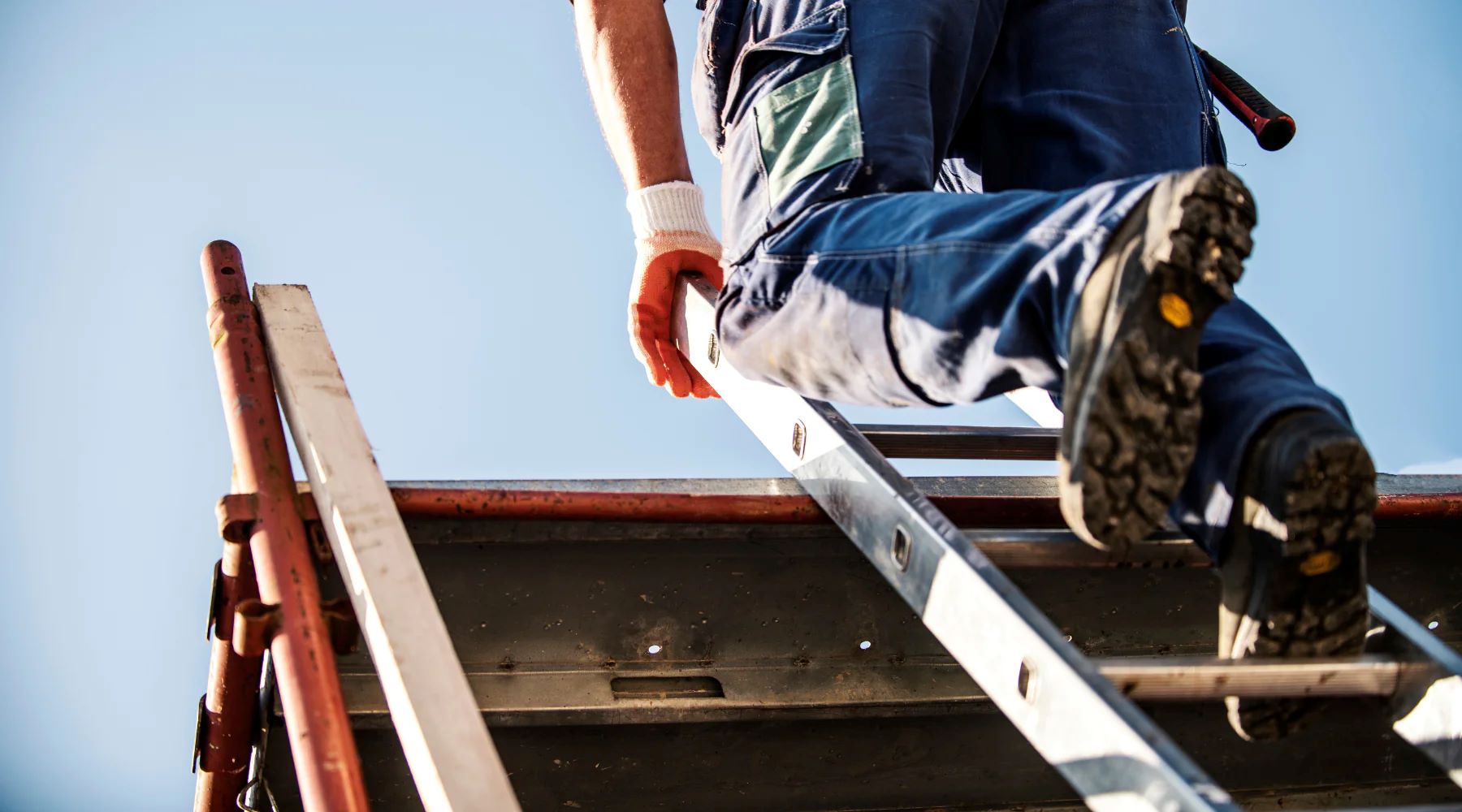
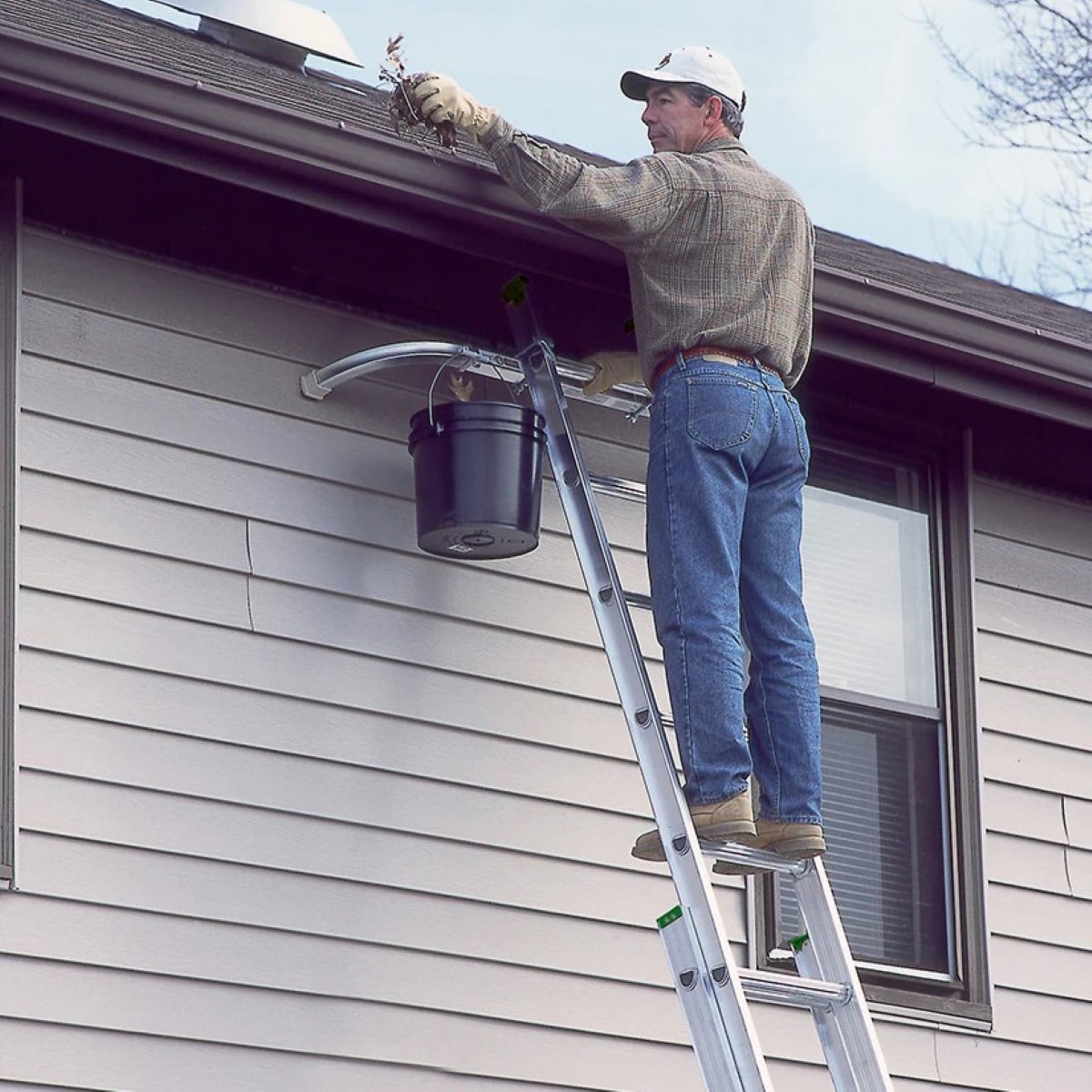
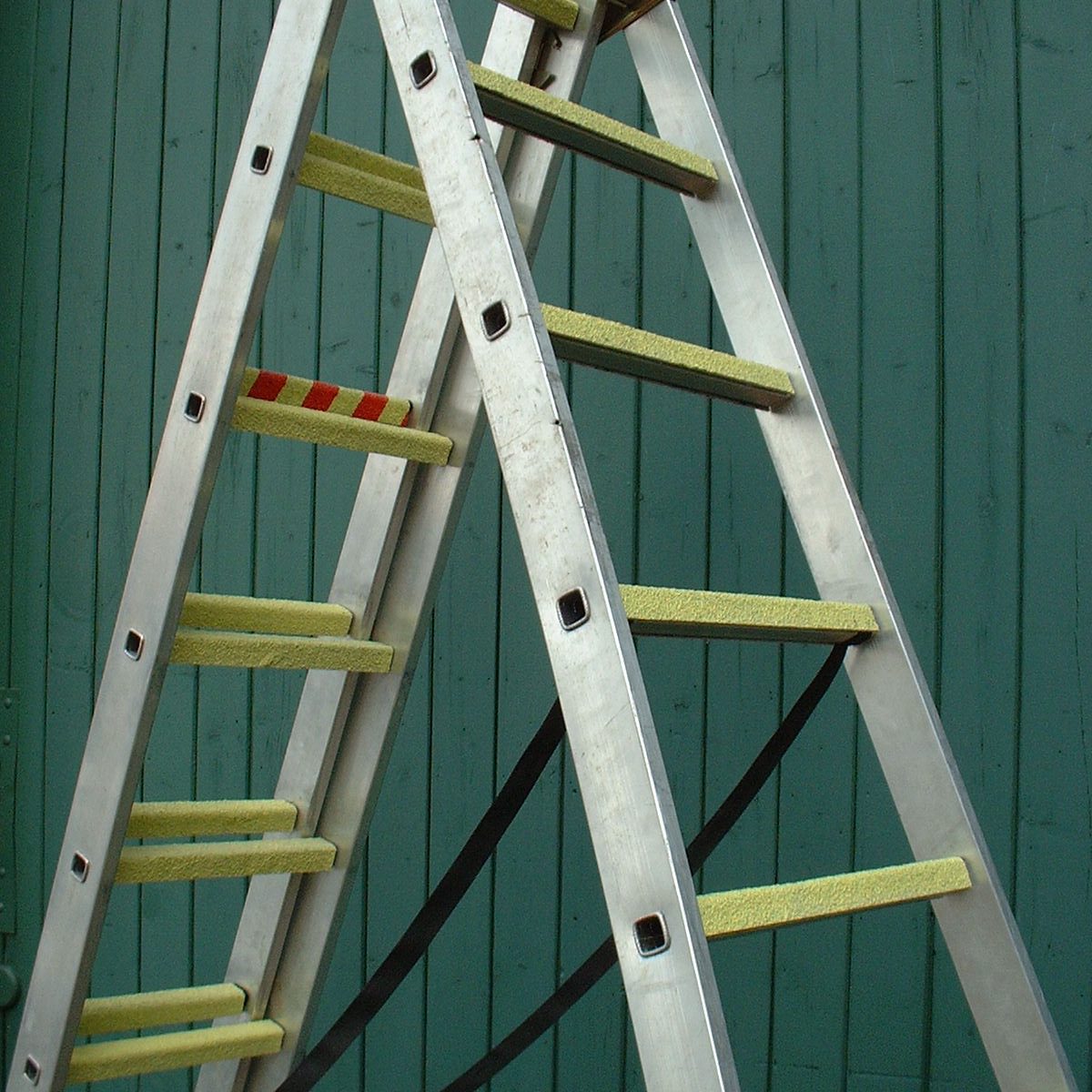
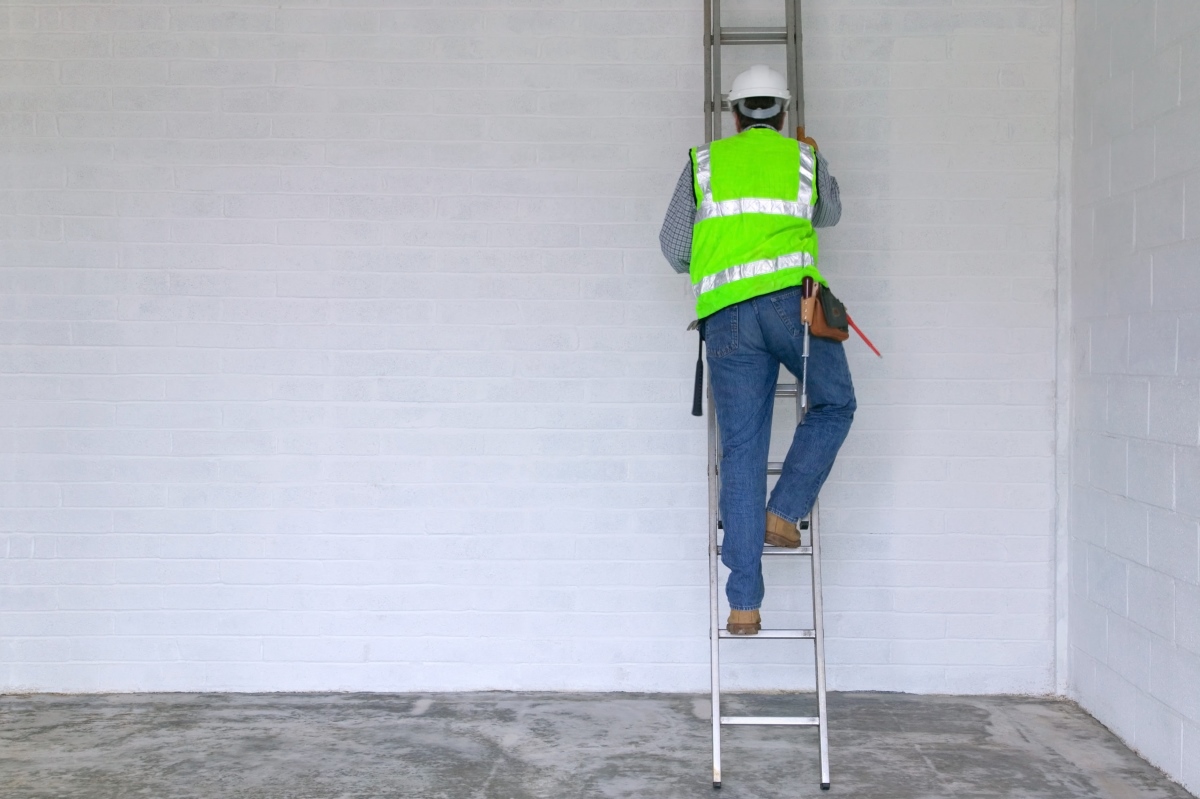



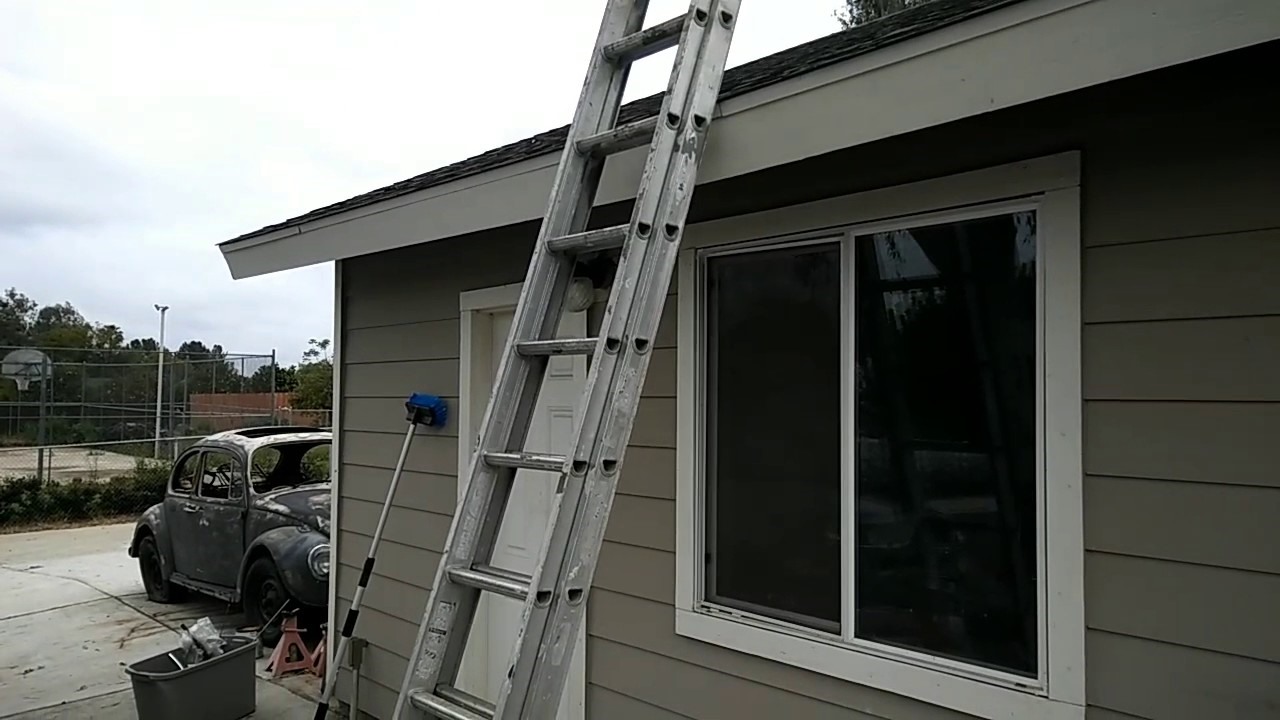
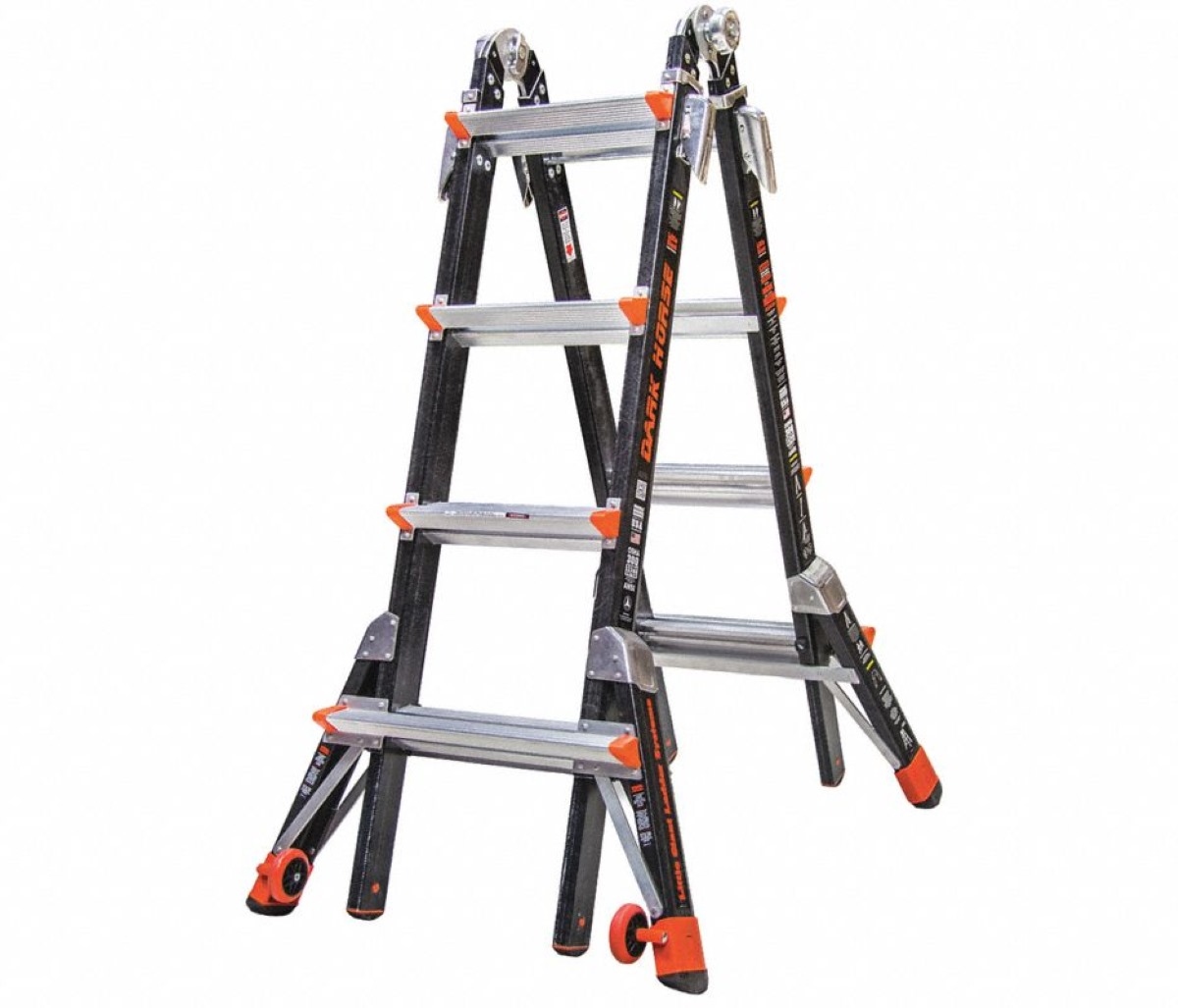
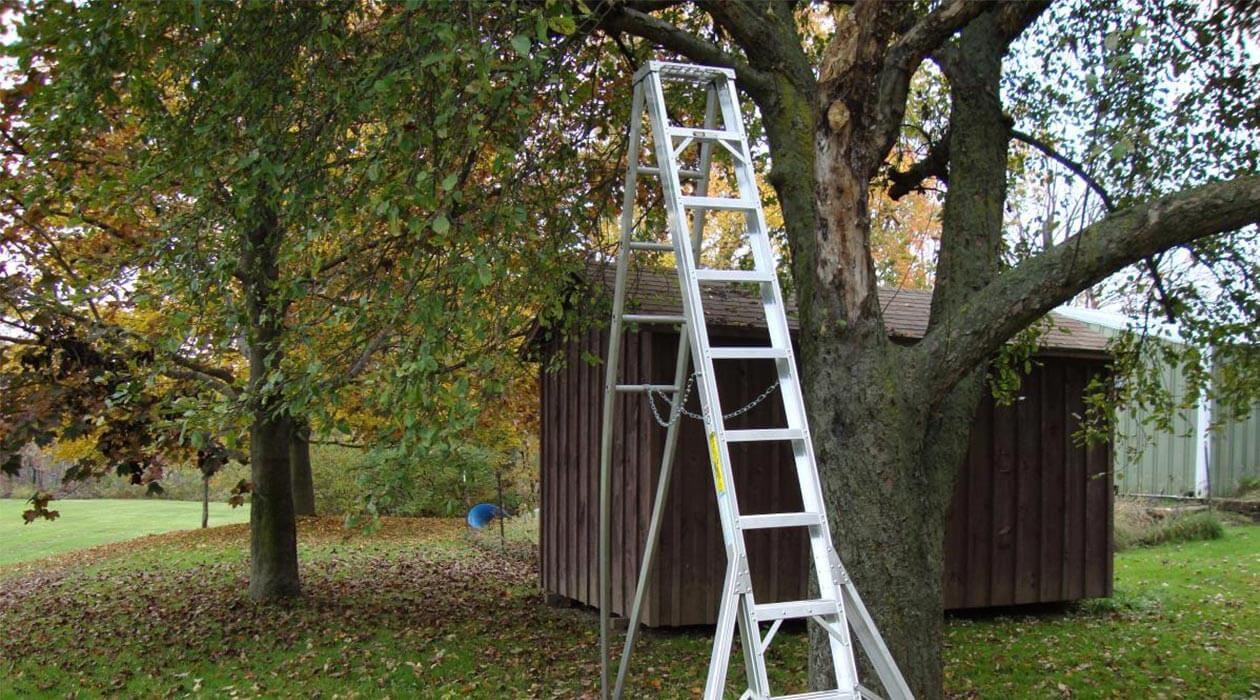

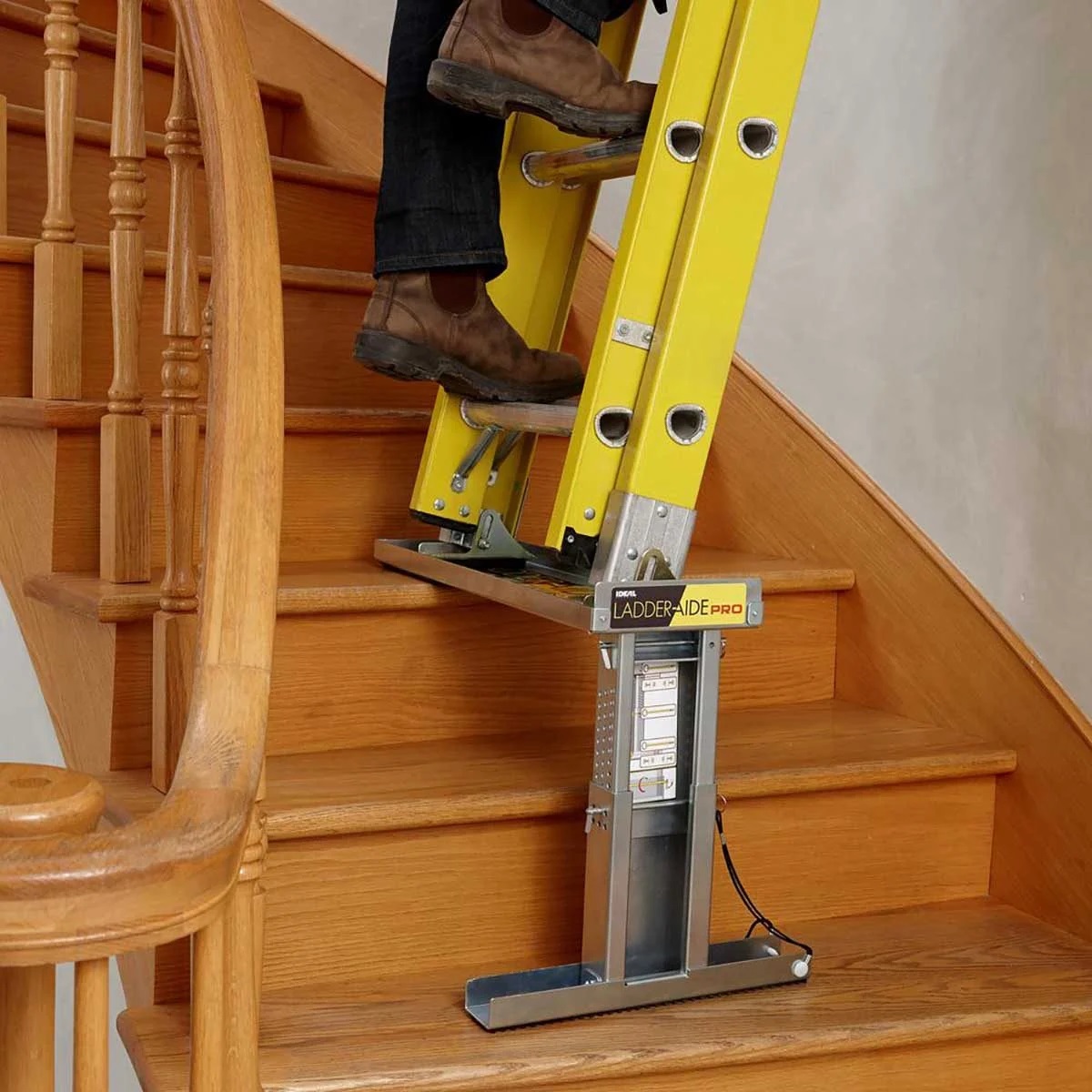
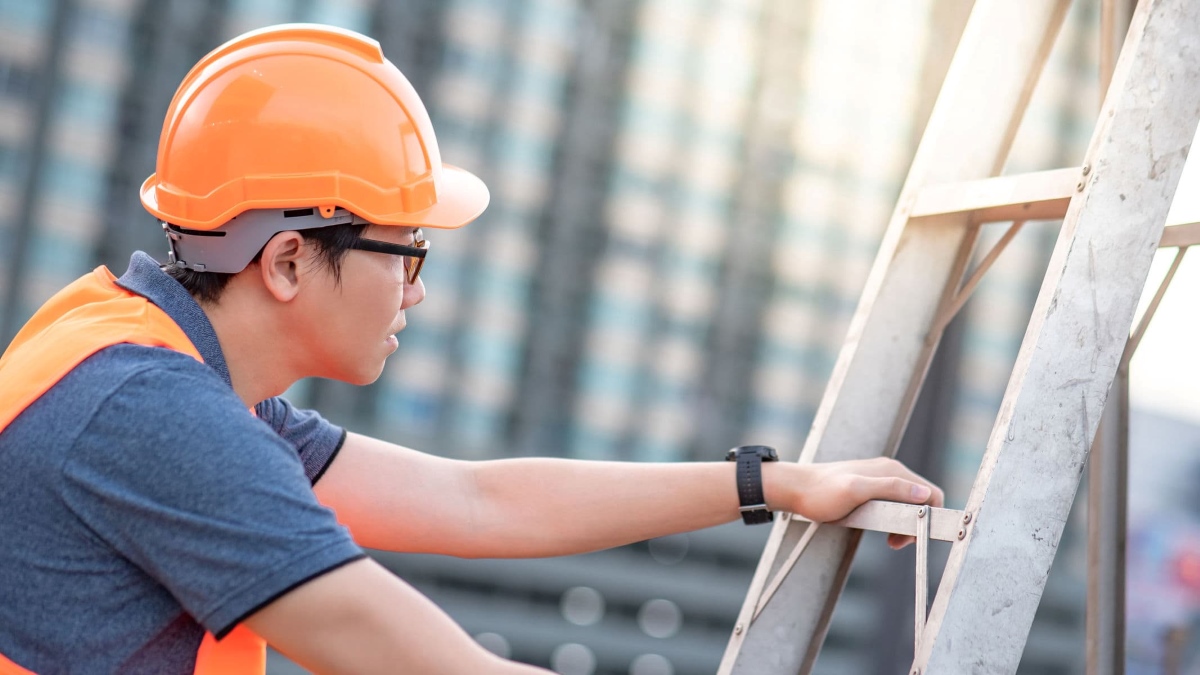
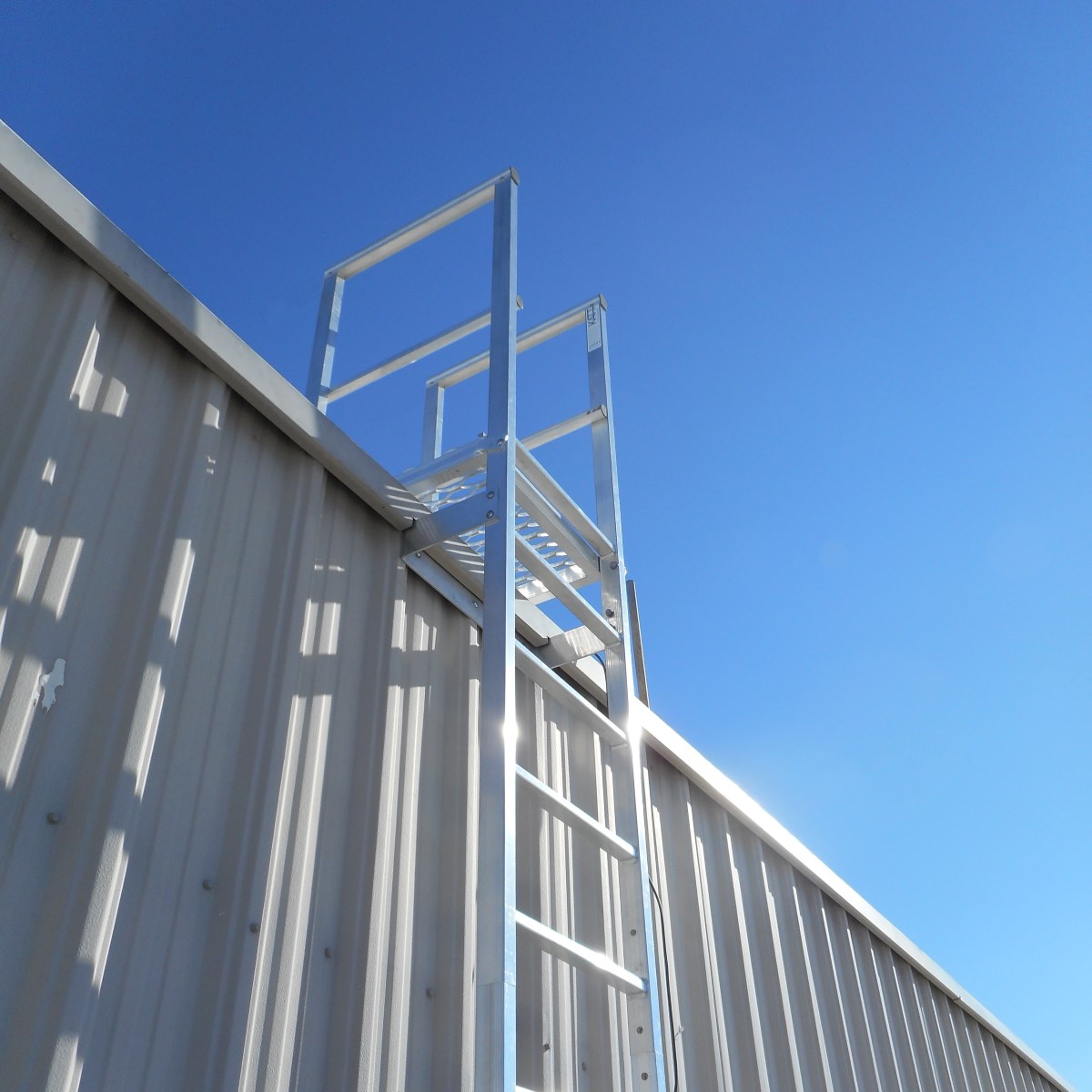

0 thoughts on “What Is A General Safety Guideline For Ladder Use?”